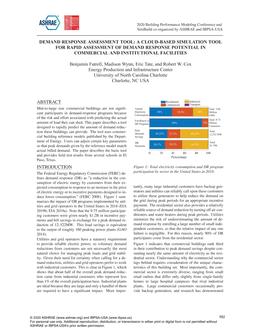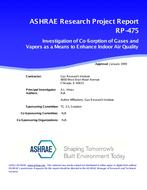This paper presents physical models used in numerically analyzing the transportation of volatile organic compounds (VOCs) from building materials in a room. The models are based on fundamental physicochemical diffusion and adsorption/desorption (hereafter sorption) principles, both in the building materials and in room air. The performance of the proposed physical models is evaluated quantitatively in a test room using a technique that incorporates computational fluid dynamics (CFD). Two building materials are used in this study. One is a VOC-emission material whose emission rate is mainly controlled by the internal diffusion of the material. The other is an adsorbent material that has no VOC source, but it affects the room air concentration of VOCs through its sorption process. The emission material, made of SBR (polypropylene styrene-butadiene rubber), is situated on the floor. The adsorbent material, made of a charcoal-based activated carbon, is spread over the walls. The results of the numerical analysis show that the physical models and their numerical simulations effectively explain how VOCs are transported in a room.
Units: SI
Citation: Symposium Papers, Atlanta, GA, 2001
Product Details
- Published:
- 2001
- Number of Pages:
- 9
- File Size:
- 1 file , 330 KB
- Product Code(s):
- D-7185


